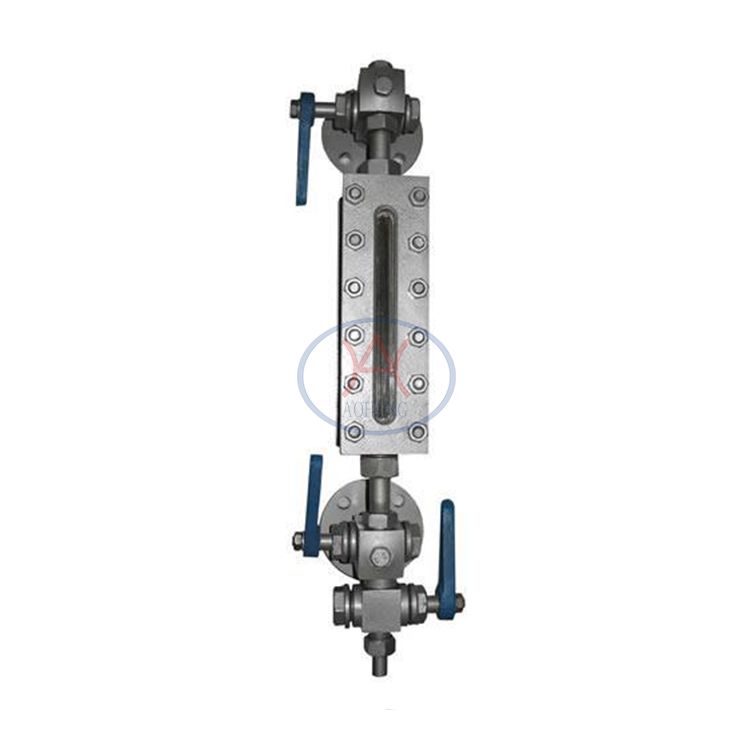
A reflex level gauge is a commonly used instrument for measuring the level of liquids. It determines the liquid level height by measuring the reflection of light on the liquid surface and features high precision and stability. Here are the three simplest steps for using a reflective liquid level gauge:
 Installation of Reflective Liquid Level Gauge
Installation of Reflective Liquid Level Gauge
Firstly, it is necessary to install the reflective liquid level gauge correctly. Choose an appropriate position and ensure that the distance between the liquid level gauge and the liquid container is proper for accurate measurement. At the same time, make sure the installation environment is stable to avoid vibration and interference, which ensures the accuracy of the measurement results.
Calibrating the Level Gauge
After installation, the next step is to calibrate the level gauge. Calibration is a crucial step to ensure measurement accuracy. Generally, this involves comparing the level gauge with a standard of known liquid level and then adjusting the settings of the level gauge to ensure that its readings match the standard liquid level. Only in this way can the readings of the level gauge truly reflect the actual liquid level during actual use.
Reading Liquid Level Data
The final step is to read the liquid level data. After calibration, the reflective liquid level gauge can accurately measure and display the liquid level. Users only need to view the display screen of the liquid level gauge or the relevant reading device to easily obtain the current liquid level information.
Overall, mastering the usage of reflective liquid level gauges is not complicated. Through three correct steps of installation, calibration and reading, users can easily obtain accurate liquid level data. This is of great significance for liquid level monitoring in industrial production and daily life.
Copyright © Hengshui Aohong Special Glass Manufacturing Co., Ltd. All Rights Reserved | Sitemap